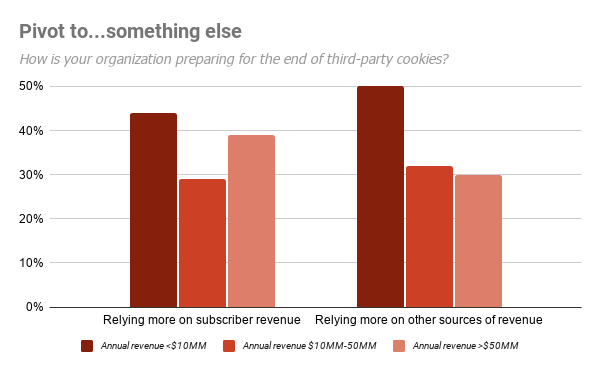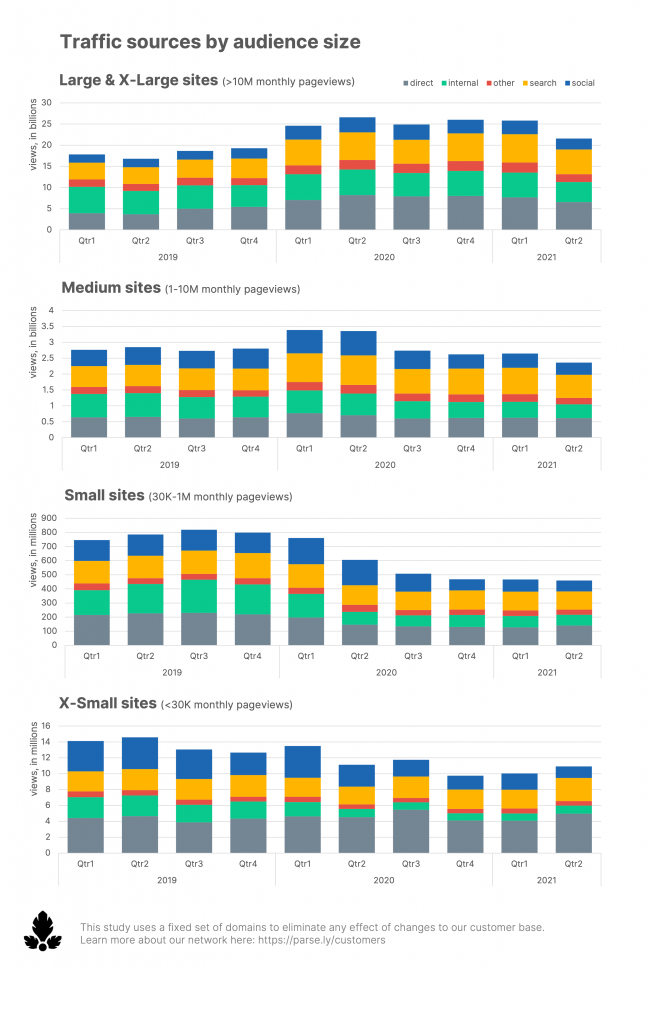Media Briefing: Publishers are switching up their paywalls

By Tim Peterson
The Media Briefing this week looks at how publishers are adopting dynamic paywalls to acquire more subscribers and amass more first-party data as they prepare for life after the demise of the third-party cookie.
- The progression of publishers’ paywalls
- Revenue safety nets for a post-cookie world
- 3 Questions with Condé Nast’s Pamela Drucker Mann
- Substack’s enigmatic role in publishing, Medium’s move away from editorial, Ibram X. Kendi’s new publication and more
The progression of publishers’ paywalls
In 2020, many publishers with paywalls lowered the restrictions on content around big news events like the pandemic and the presidential election to provide a public service. A year later, publishers’ paywalls are changing again. Media companies are using their paywalls to not only grow their subscription base, but reinforce their advertising businesses in preparation for a cookie-less future.
The key hits:
- Publishers are conducting tests with their paywalls to work out which groups of readers are most likely to subscribe and which are best left to drive traffic and ad revenue, resulting in dynamic paywalls becoming more popular.
- Readers will see more registration walls pop up as publishers focus on gathering first-party data.
- Small tweaks to the paywall and checkout process can reap considerable lifts in subscription conversions.
The paywall will “change dramatically” in the next six months as we head towards the death of the third-party cookie, according to The Los Angeles Times’ chief revenue officer Josh Brandau. Publishers are testing their paywalls to gather first-party data to determine which cohorts of readers are more likely to subscribe and which are better off left to access free content to drive traffic and ad revenue.
Many of the publishers Digiday spoke to for this story have evolved their metered paywalls to become dynamic paywalls in the last few years. Instead of the one-size-fits-all metered model that lets people read a set number of articles for free a month, dynamic paywalls let machine learning do most of the work to gather audience data in real-time and algorithmically decide how many free articles a person can access. It gives publishers the ability to constantly test and tweak their paywalls based on that data.
“Small changes [to the paywall] can have a big impact,” said Beth Diaz, vp of audience development and analytics at The Washington Post. Three years ago, the Post was conducting one paywall test per quarter; now it has multiple tests running at a time.
Five of the seven publishers Digiday spoke to have dynamic paywalls, including The Los Angeles Times, The Washington Post, Quartz, The Wall Street Journal and Barron’s. The Atlantic and MarketWatch have metered paywalls (The Journal and MarketWatch are both owned by Dow Jones).
The different paywalls signal what stage a publisher is in its subscription strategy, according to Brandau. The Wall Street Journal, for example, has had a paywall since 1997, but a brand like MarketWatch is newer, so a metered paywall is an “intermediary step that still lets people swim around” before deciding to pay up, said Dow Jones gm of membership Karl Wells. He added, “Every time you cut …read more
Source:: Digiday






